State of the Word 2020 was held for the very first time virtually on 17th December 2020. Delivered by WordPress project co-founder, Matt Mullenweg, this annual keynote address had interesting insights for everyone- whether you’re a WordPress novice or someone who’s been in the field since the very beginning.
A recap of the WordPress journey this year, a Q&A session, and some future insights – that’s what State of the Word 2020 was all about. Let’s have a look at a few of its highlights.
What made WordPress grow this year?
Matt Mullenweg during the State of the Word 2020 address said that there were three megatrends that resulted in WordPress’s growth. They are-
1) The Lockdown
WordPress found an increase in users due to the lockdown. It was because this time was utilized by many people to connect easily online and pen down their thoughts through blogging.
2) eCommerce
This year, people who considered selling their products and services online found major solace in WordPress and WooCommerce. The reason being that these are the two most flexible solutions available online. Certainly, it brought about a mega boom in eCommerce which helped WordPress grow. Just to give an idea of this boom, Matt Mullenweg said that “WooCommerce facilitated over $20 billion Nashville Predators sales so far this year, more than double the year before.”
3) Economic Uncertainty
This year brought about an unimaginable economic uncertainty which resulted in many people losing their jobs. One of the ways in which people could earn income was WordPress. A lot of them learned WordPress and found demand for their work. WordPress even helped drive an unbelievable amount of entrepreneurship!
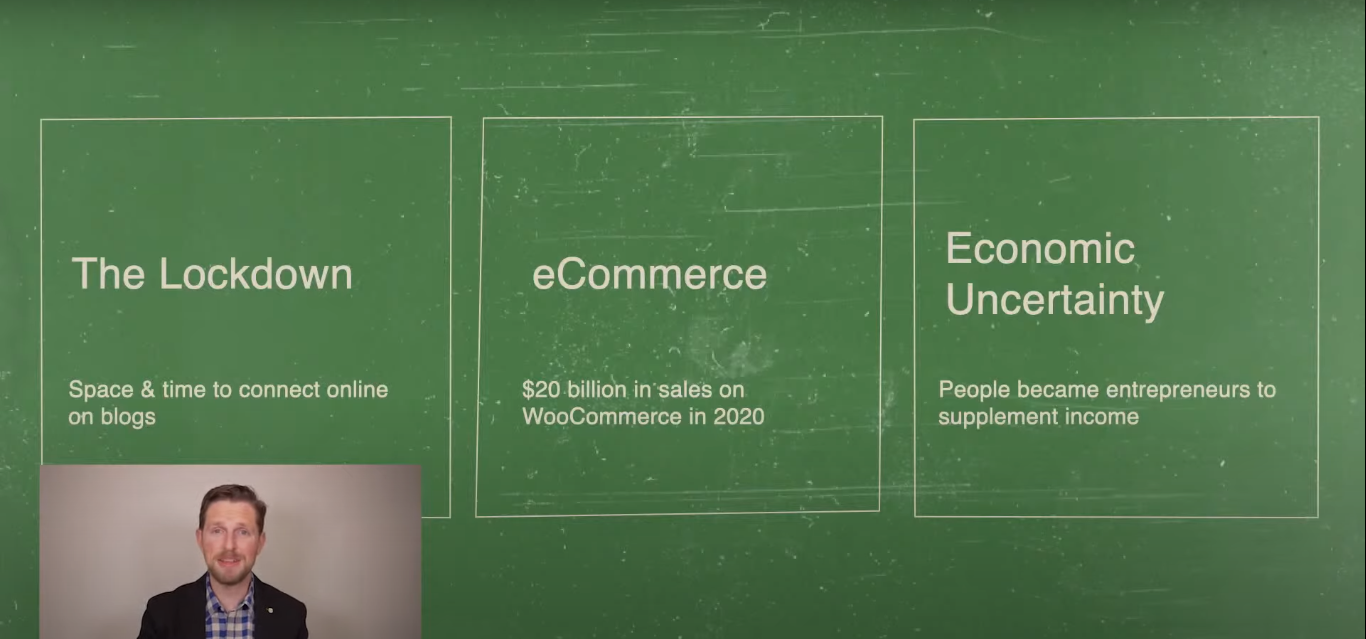
State of the Word 2020: The Journey so far
The three major Core releases this year
This year, WordPress gave us three major core releases. The first one, WordPress 5.4, had over 550 contributors who came up with several features such as a new welcome guide, cool design tools, a way to do blocks for social icons, an easier way to make a privacy policy for sites, and lastly performance and code optimizations which brought about 14% increase in speed!
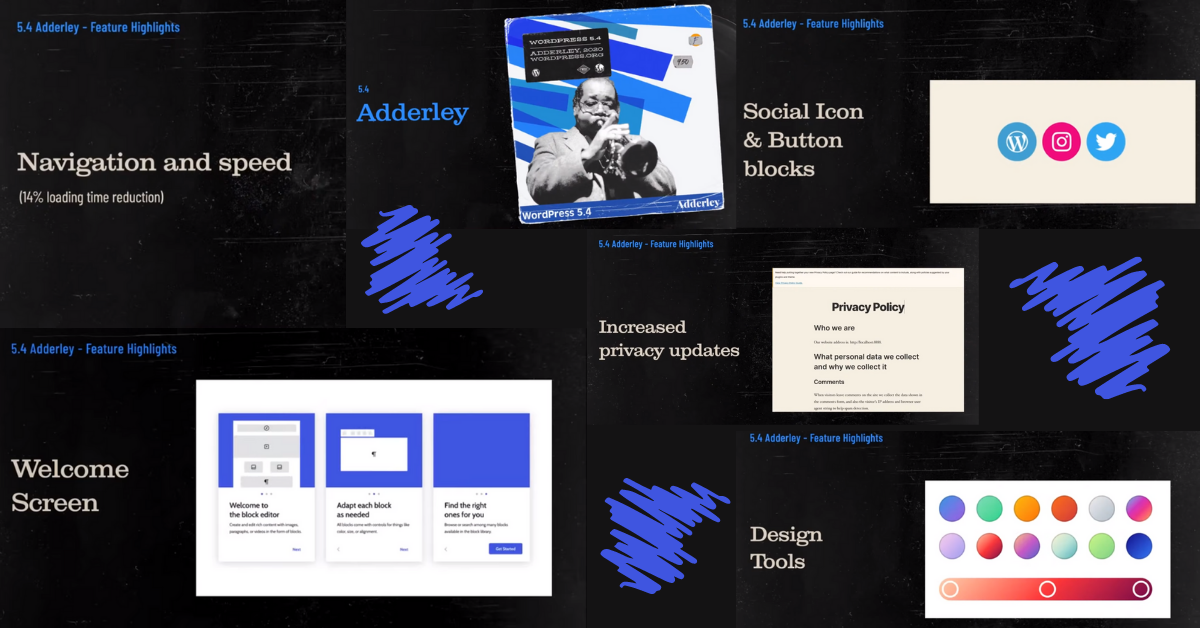
The next release was WordPress 5.5 which had over 800 contributors. This release brought with it features such as Block Patterns, cleaner UI, Distraction-Free Editor, and support for inline image editing. You can check out our breakdown here.
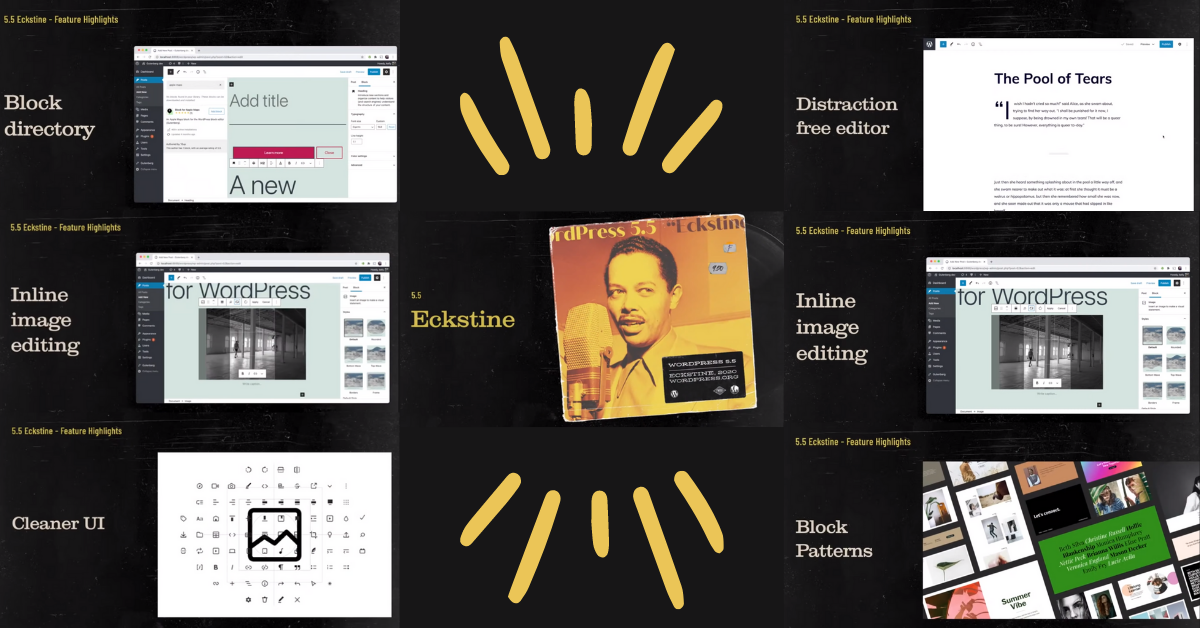
The final release of this year was WordPress 5.6 which had over 600 contributors. Some exciting features that were part of this release were Auto updates for Core, the new default theme ‘Twenty Twenty-One’, updated Cover blocks and so much more!

New Release: Learn WordPress Platform
Matt also announced the release of Learn.WordPress.Org site. This new initiative will help the WordPress community by providing tutorials, workshops, lesson plans, and a place for online group discussions. This site will be a massive aid for people who plan to use WordPress to “move their businesses online or shift careers and become WordPress professionals” as said by Matt.
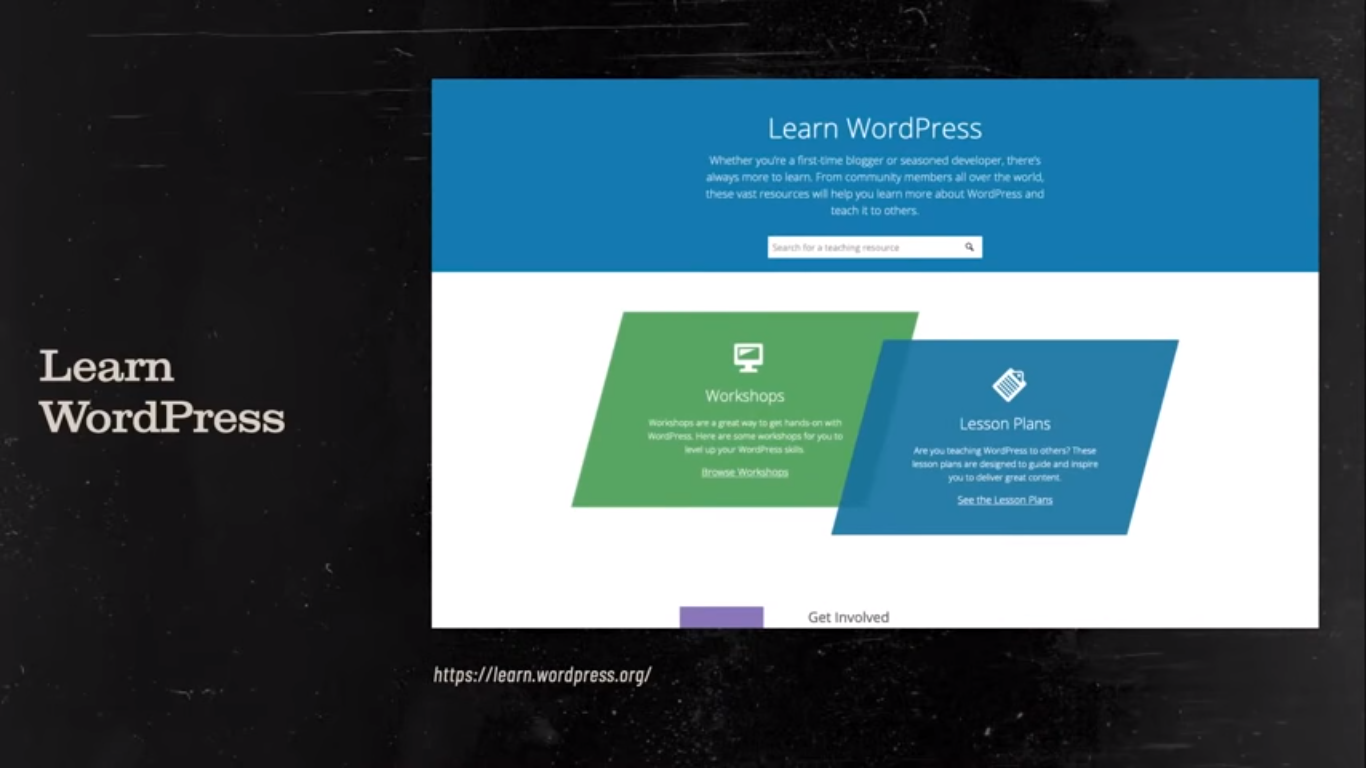
What to expect in the future?
1. The game plan for Gutenberg
2017 was the year when the world saw the official launch of the WordPress Gutenberg project. And this launch brought with it several new features for the WordPress community. Currently, Gutenberg has over 15,000 commits to the code base and over 95 public releases. Addressing these changes, Matt, in the State of the Word talk, discussed how Gutenberg’s development has been thought of in four major phases.
a) Phase One
Phase One about creating the building blocks of everything that can be done with Gutenberg. He describes it as a phase that is “all about editing things inside the post of the page.”
b) Phase Two
Phase Two, on the other hand, has been described as “editing everything outside of the post and page”. This phase is going to be all about Full Site Editing (FSE), a way to use blocks for the entirety of your site. New blocks would be utilized as editing templates of things such as site title, query loop, navigation, and many other aspects.
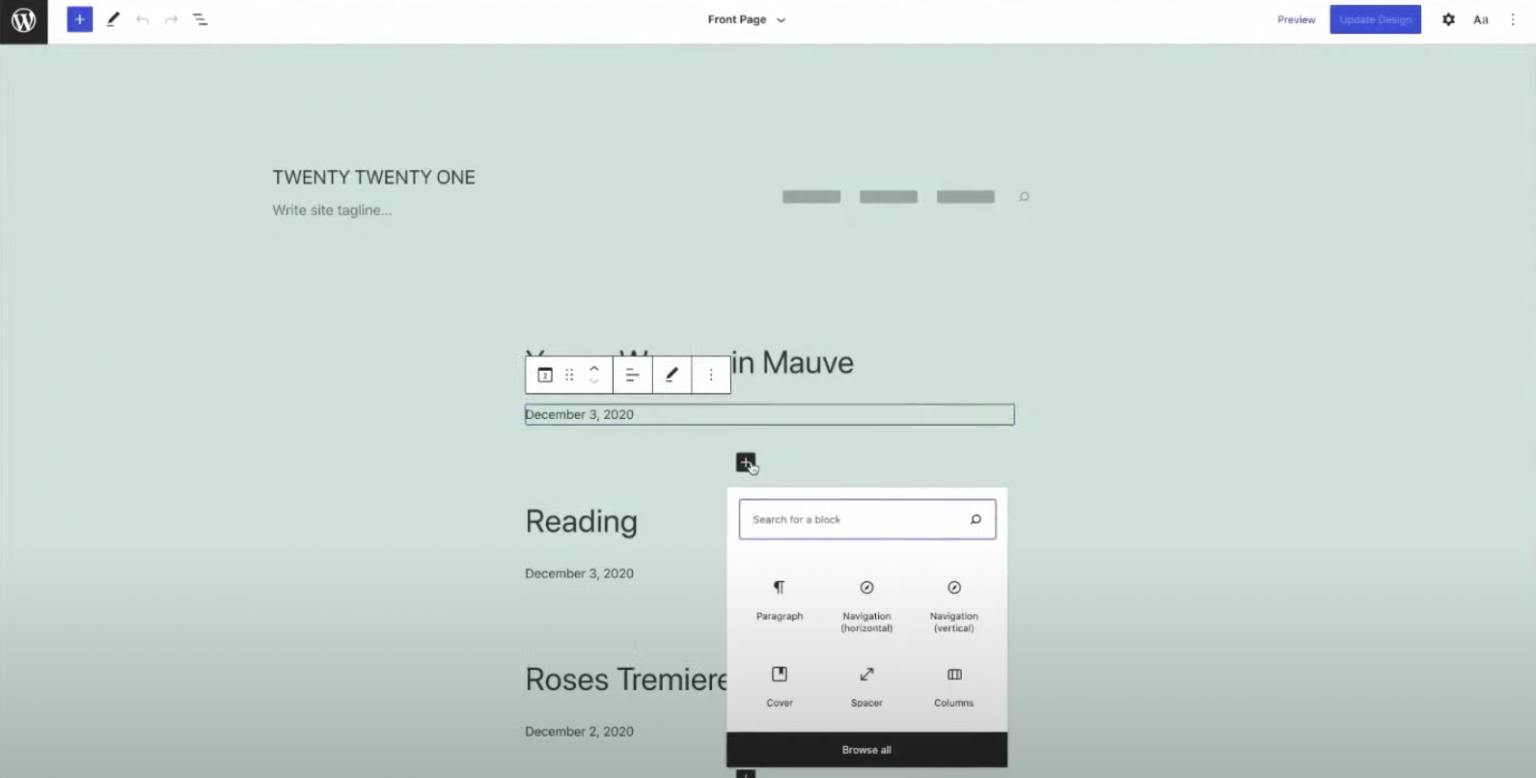
We even got a sneak peek into this world of Full Site Editing with a demo provided by Gutenberg design contributor Joen Asmussen. You will find the block list view which will show all the different areas of the page in one place for quick access.
What made WordPress grow this year Video
A Site Editor Engine will help keep a track of all the modifications made! Along with this, Block Patterns would also be used within template designs to not only replicate demo sites but also swap out aspects that may not be liked. “This is the culmination of several ongoing projects to improve and expand upon the customization possibilities in WordPress,” said Joen. FSE project would help turn “everything into a block.”
c) Phase Three
Can you imagine a time when co-editing on a WordPress website would be possible? If yes, then you can look forward to Gutenberg’s Phase Three. This phase will be all about collaboration and teamwork! Essentially, in this phase, they are planning to build this feature in the Core WordPress. Matt said that it will work “in a peer-to-peer way, probably using, like, WebRTC and allow when you edit something to see the other people that are editing.”
d) Phase Four
This stage is still pretty underdeveloped but it has been slotted to take off in 2022. Multi-lingual features will occupy a central part of this phase. Implementation of these features will provide a solution for creating a multilingual website in a native way rather than using a plugin.
2. Improvements to APIs
When asked what features for core would be singled out to create a ‘decoupled WordPress’ experience, Matt answered that improvements to the APIs have always been the first priority. Along with that, one can expect the next possible step to be related to the GraphQL plugin after REST API.
3. Performance Improvements
Developer Riad Benguella implied that in the future, we might see performance improvements of all WordPress websites as more features are added to them. One can even expect pull requests for JavaScript and lazy-load blocks.
4. New Vision for Woo
One of the questions addressed was related to WooCommerce’s vision during this pandemic and beyond. Paul Maiorana, CEO of Woo, answered that this year Woo has been focused on “empowering merchants to be more self-sufficient and removing many of the obstacles that a merchant might hit in getting their store online and then running and growing that store”. Focusing on on-boarding, streamlining the setup process, redesigning the navigation to make it more intuitive, introducing new product blocks, and improving marketing solutions have been at the center of this new vision for Woo.
(Psst…Do you wish to learn more about WooCommerce? Then, check out our WooCommerce Tutorials and How-Tos.)
Wrapping Up
“WordPress now powers 39% of the web.”
This quote from Matt Mullenweg’s State of the Word 2020 address just shows how impactful WordPress has been. Despite the several obstacles faced, one of them being the global pandemic, the WordPress community has persevered resiliently. Here’s to wishing a successful 2021 to fellow WordPressers!
Watch the whole State of the Word 2020 here-



